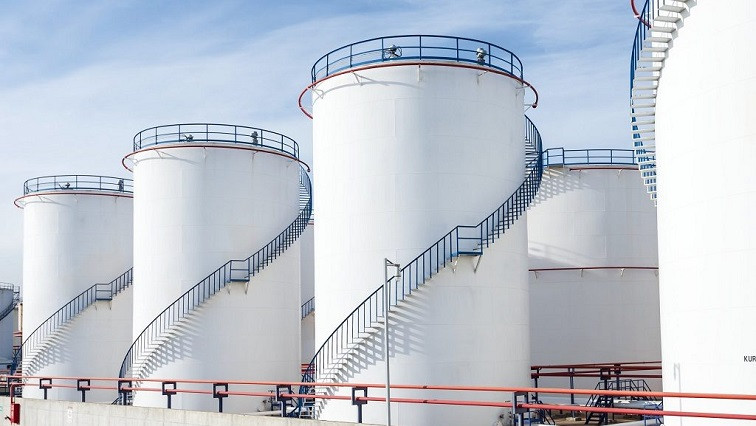Recently developed graphene nanotube (single wall carbon nanotube) concentrates for powder coating formulations have expanded a line of nanotube products to all types of epoxy formulations. Just 0.2% wt. of a nanotube concentrate enables surface resistivity of 106 Ω/sq, but preserves color, surface quality, rheological and mechanical performance of epoxy resin.
In the past few months, a number of powder coating solutions suppliers from Asia and Europe have introduced to the market new products upgraded with graphene nanotubes. These producers have been able to reduce the loading rate of carbon black applied as a conductive additive in their standard recipes by more than 20 times for such applications as electronic equipment and pipes for easily combustible materials. 0.2% of TUBALL™ MATRIX 815 or 821 concentrate, industry-friendly forms of graphene nanotubes produced by OCSiAl, makes it possible to achieve permanent, stable resistivity of 106 Ω/sq without insulative “hot spots”, while allowing for a wide range of colors due to the ultra-low loading rate.
“Until recently, introducing nanotubes into powder-form materials was an issue, which was never the case in liquid epoxy systems. Even ultra-low loading rates of graphene nanotubes are enough to create a dense conductive network that guarantees protection against so-called ‘hot spots’ or insulative zones,” said Zakhar Bolshakov, OCSiAl Vice President for Polymers.
Epoxy coating producers specifically note the ability of graphene nanotubes to preserve the mechanical and rheological properties of the original compound thanks to nanotubes’ unique morphology and low loading rates. These parameters and the color of the final product are usually sacrificed when using standard conductive additives, like carbon black or carbon fiber, which require much higher loadings to target the same resistivity level. In some specific applications, nanotubes lead to cost-reduction for coating producers or end-users. For instance, ESD floors installers can reduce the thickness of coatings and use less epoxy, while tank lining producers can reduce the required number and duration of visual inspections of conductive coating.
“Almost all epoxy coating systems are now fully covered with graphene nanotube solutions. Launching easy-to-handle nanotube concentrates for mass production of coatings with standard industrial equipment and no changes in formulation has significantly leveraged the mass adoption of nanotubes,” added Zakhar Bolshakov. Graphene nanotubes are used to produce high-performance epoxy coatings for aerospace, transportation, oil and gas, construction, electronics production, green technologies and other industries.
Read the original article on Industry Today.







